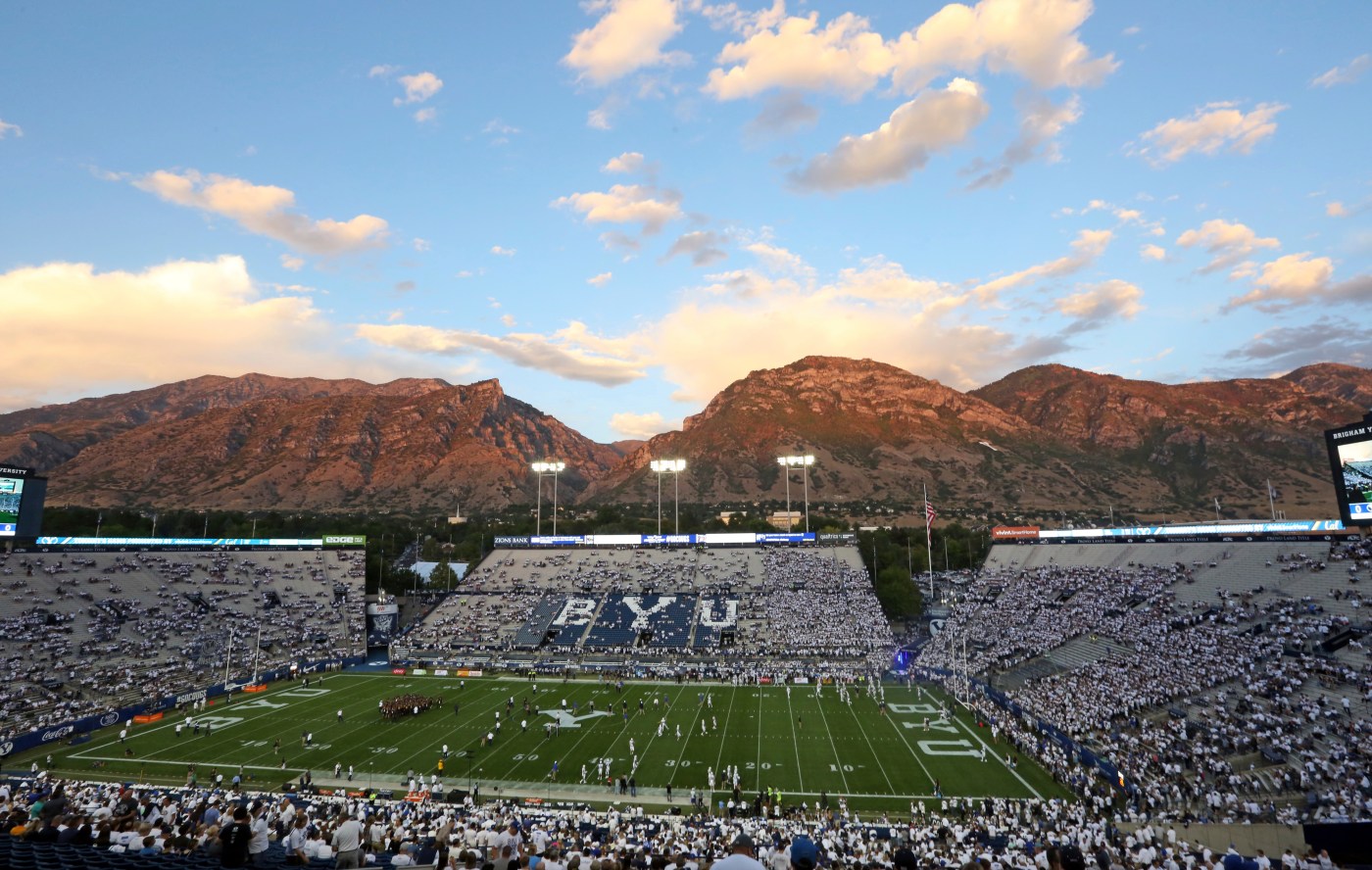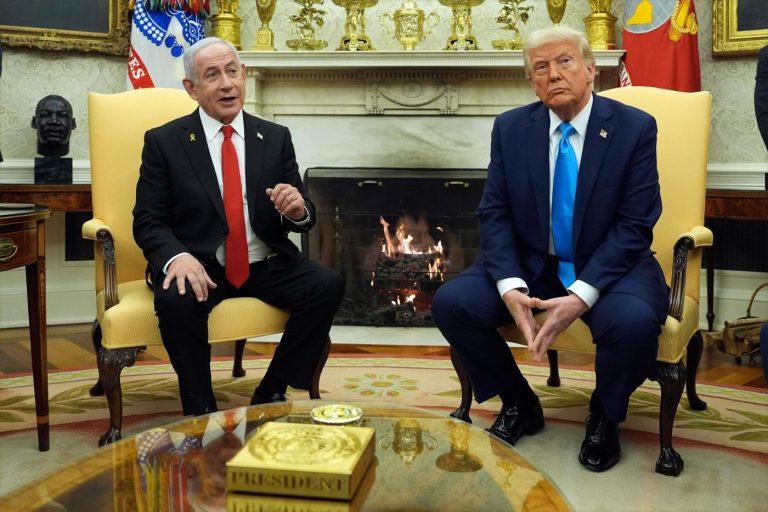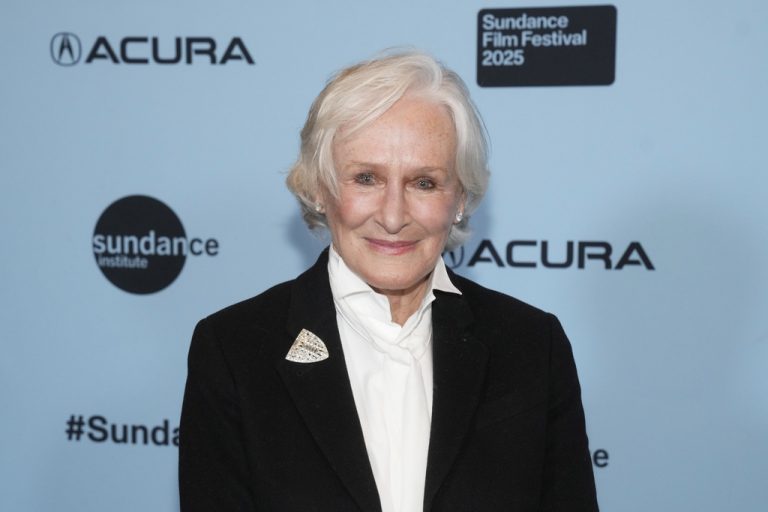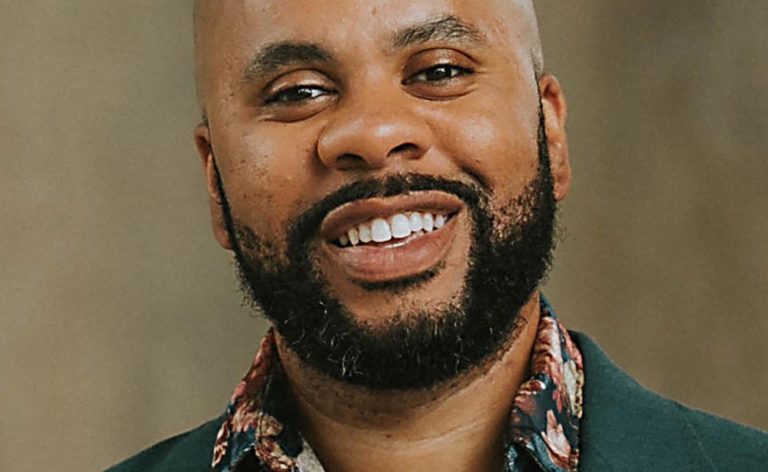In his two decades at the helm of Brigham Young’s athletic department, Tom Holmoe steered the football program from the Mountain West to Independence and from Independence into the Big 12. He parked the basketball team in the West Coast Conference until it, too, moved into the Big 12. He hired a barrage of successful coaches, celebrated more than 100 conference championships and even a few national titles.
It was a lively and, by all accounts, successful tenure.
But now, as the Cougars seek a successor — Holmoe announced his retirement on Tuesday — the reality carries a hint of deja vu.
In one vital respect, Brigham Young is right back where it started under Holmoe in the spring of 2005.
The Cougars scaled the college sports mountain only to encounter a second summit, beckoning through the clouds, waiting for Holmoe’s replacement.
That’s not Brigham Young’s fault, and it’s certainly not Holmoe’s fault, for the landscape has shifted dramatically in recent years. But the ability to deftly navigate this treacherous terrain must be paramount in the search for Holmoe’s successor.
What in the world are we talking about?
How could the Cougars have jumped from the Mountain West into the Big 12 and yet be strategically positioned like it’s 2005 all over again?
Allow the Hotline to explain.
When Holmoe slid into the chair 20 years ago, the Cougars were comfortably in the Mountain West along with Utah, San Diego State and a handful of other longtime foils. But the specter of realignment loomed in the distance, with a wave of conference media rights contracts set to expire in the early 2010s.
The Pac-10, first to the table, added the Utes and Colorado, split into divisions and morphed into the Pac-12. The Cougars were left behind, at least initially. Rather than remain in the depleted Mountain West, they opted to turn Independent in football and place their Olympic sports in the WCC. Eventually, realignment returned, with the Big 12 offering a long-coveted invitation to join the Power Five.
It’s now the Power Four, following the demise of the Pac-12. But for how long?
This is where history repeats in Provo. Because after all that work, after all those years seeking membership in a conference at the highest level of college sports, the terrain is preparing to shift again.
At some point in late 2029 or early 2030, the Big Ten must settle on a membership strategy for its next media contract cycle, which begins in the summer of 2031. If the conference adds more schools — Notre Dame is coveted; so is North Carolina — the SEC will undoubtedly do the same, thus sparking desperate scrambles within the ACC and Big 12 to secure invitations to the two most prestigious conferences.
Or maybe the Big Ten passes on expansion in the early 2030s and consolidation takes hold, with the entire Power Four structure giving way to a college football super league. Many of the smartest minds in the industry believe a super league is inevitable.
Will it feature 30 teams or 70? Will there be promotion and relegation? Nobody knows, but everybody will covet an invitation.
All of which is to say this: Brigham Young’s next athletic director will face essentially the same timeframe to prepare for massive realignment that Holmoe encountered — perhaps five years, maybe six — when he took over in 2005.
In absolute terms, sure, the Cougars have ascended the conference hierarchy. But on a relative basis, their position is comparable to what it was back then, with their sights set on a higher tier that will undoubtedly materialize when the decade turns.
How does this impact the search for Holmoe’s successor? Naturally, it will be unlike any other in the Power Four. The school will undoubtedly select a member of the Church of Jesus Christ of Latter-day Saints, someone with ties to the school, or both.
Related Articles
Big 12 MBB power rankings: Houston on top as K-State rises, UCF falls
WBB power rankings: UCLA, USC on top ahead of Thursday night collision
Best of West MBB: Oregon stumbles but on track for NCAAs
NFL playoff schedule a threat to the CFP that could get worse
Mailbag: Big 12 MBB COY, Pac-12 expansion, SMU and New Mexico and more
Another difference: The Cougars have all the money and resources needed to compete at the highest level — to earmark $20.5 million for their athletes in the revenue-sharing era, to supplement that rev-share with true NIL, to hire the coaches and build the facilities to ensure a competitive product. It’s entirely a matter of willpower.
But strategically, the Cougars are just like everyone else in the Big 12 and the ACC, in the rebuilt Pac-12 and across the Group of Five conferences.
They want to be ready for the next realignment wave.
They want to be in position for an invitation to the super league.
To that end, the remainder of this decade is effectively an audition. Win games. Drive TV ratings. Be relevant nationally.
If the desired outcome is to select an athletic director who is well-liked and bleeds BYU blue and can balance a budget, the Cougars have it all wrong.
All that matters is finding the most qualified candidate to support the football program — to build on Holmoe’s success and prepare for more realignment and scale that second summit.
Otherwise, the decade will pass, history will repeat, and the Cougars could get left behind again.
*** Send suggestions, comments and tips (confidentiality guaranteed) to wilnerhotline@bayareanewsgroup.com or call 408-920-5716
*** Follow me on the social media platform X: @WilnerHotline












